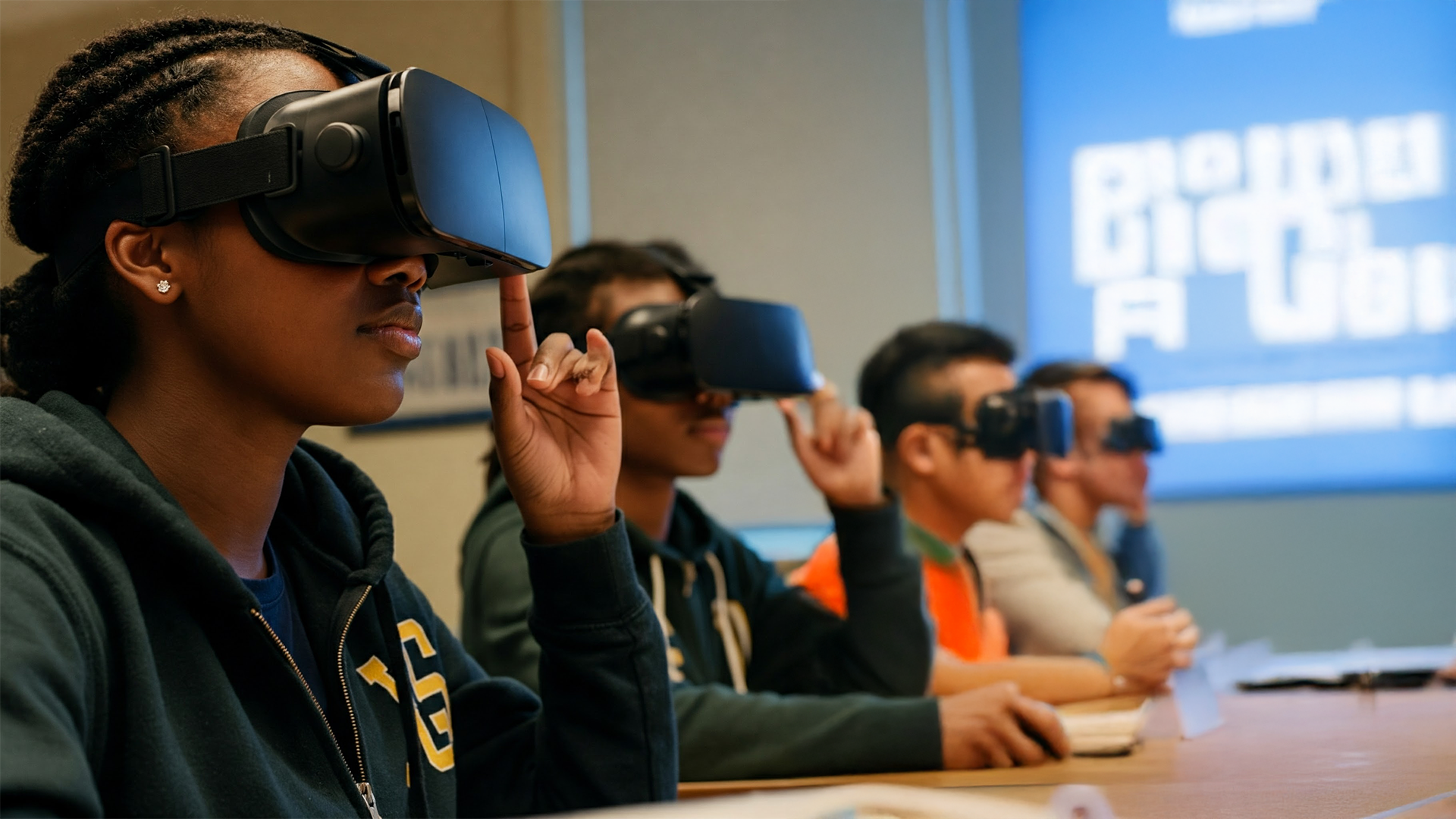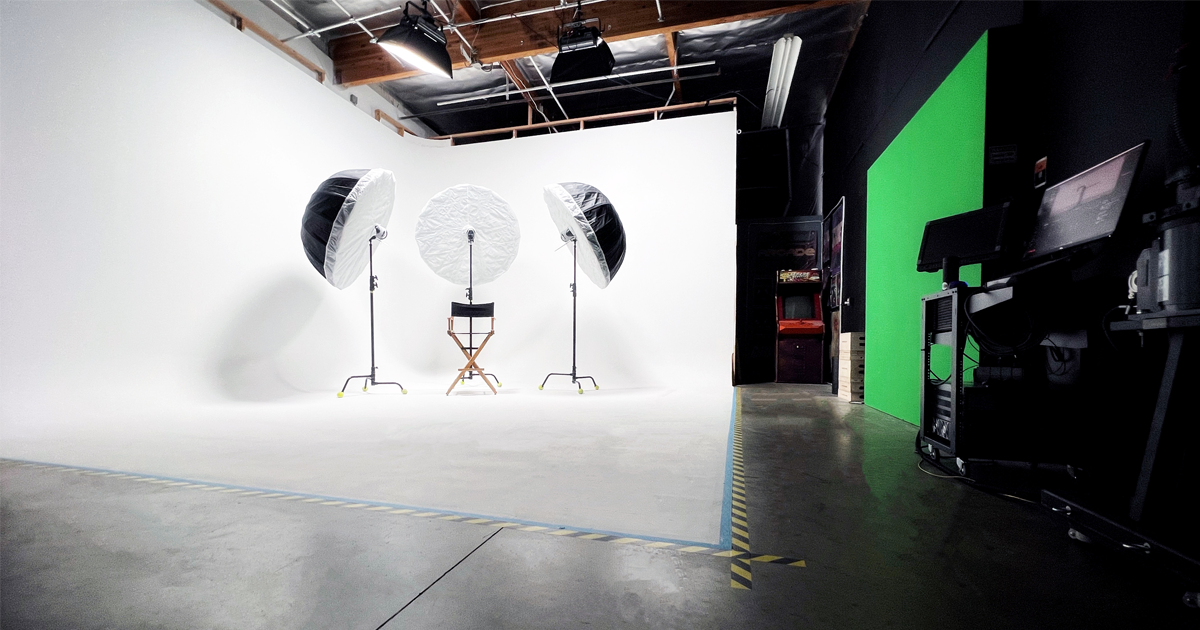Mind the Gap
Bridging Educational Inequities with Virtual & Artificial Realities
A Black History in Extended Reality Project

About
Mind the Gap aims to transform how students with priority visual and auditory learning styles experience history lessons by developing a method that uses virtual and augmented reality, combined with immersive storytelling, to bring their textbooks to life.
Research Team
-

Emani Rashad Saucier
PROJECT DIRECTOR & PRIMARY RESEARCHER
-

Michele Obama
PEDAGOGICAL CONSULTANT
-

Walter White
LAB TECHNICIAN
-

Olivia Pope
LEGAL COUNSEL

Lab
The Morehouse Multimedia Center (MMC), established in 2025, empowers the next generation of storytellers. The center provides students with equipment, workshops, professional development opportunities, and serves as a creative employment hub.
The MMC is the launchpad for the "Mind the Gap" research project, providing dedicated space for research activities and fostering innovation in immersive storytelling.
News
FAQs
-
The Black History in Extended Reality (BHXR) project aims to bring to life the histories and current stories of the African Diaspora through transformative multimedia experiences in virtual and augmented reality. BHXR endeavors to explore the intricate intersection of pedagogy and technology, with a specific emphasis on Virtual Reality (VR) and Augmented Reality (AR) technologies, and their prospective influence on educational outcomes for students of color.
In an era characterized by rapid technological advancements, the philosophical underpinnings of integrating VR/AR in education, particularly in the context of addressing educational disparities, form the heart of this study.
-
XR stands for Extended Reality. It's an umbrella term that encompasses all immersive technologies that merge the real and virtual worlds, including:
Virtual Reality (VR): Creates completely immersive, computer-generated environments that replace the real world. Users typically wear a headset to experience a 360-degree view of a digital world.
Augmented Reality (AR): Overlays digital content onto the real world. Users can see and interact with digital objects and information within their real-world environment, often through a smartphone or tablet screen.
Mixed Reality (MR): Blends the real and virtual worlds more seamlessly, allowing digital objects to interact with the real world and vice versa. Users can interact with both physical and digital objects in real time.
-
Users can view XR content through a variety of devices, each offering a different level of immersion and interaction:
1. VR Headsets:
Dedicated VR headsets: Devices like the Meta Quest 2, Valve Index, and HTC Vive provide the most immersive XR experiences by completely blocking out the real world and replacing it with a virtual environment. These headsets often include hand controllers for interaction.
Smartphone-powered VR headsets: More affordable options like Google Cardboard or Samsung Gear VR utilize a smartphone as the display, offering a more accessible entry point to VR.
2. AR Devices:
Smartphones and Tablets: Most smartphones and tablets have AR capabilities built-in, allowing users to experience AR content through apps and websites. Users can view digital objects overlaid onto the real world through their device's screen.
AR Glasses: Devices like Microsoft HoloLens and Magic Leap offer a more hands-free AR experience by projecting digital content directly onto the user's field of view.
3. MR Devices:
MR Headsets: Headsets like the Microsoft HoloLens 2 blend the real and virtual worlds more seamlessly, allowing users to interact with both physical and digital objects in real time.
4. Other Devices:
Computers and Laptops: Some XR experiences can be accessed through web browsers or standalone applications on computers and laptops, though these typically offer a less immersive experience.
Gaming Consoles: Consoles like the PlayStation with PSVR offer VR experiences specifically designed for gaming.
Location-based XR: Venues like museums, theme parks, and arcades offer location-based XR experiences that utilize specialized equipment and environments.
The choice of device depends on the specific XR content, the desired level of immersion, and the user's budget and preferences. As technology continues to evolve, we can expect even more innovative and accessible ways to experience XR in the future.



